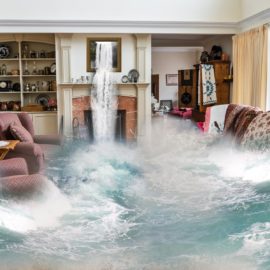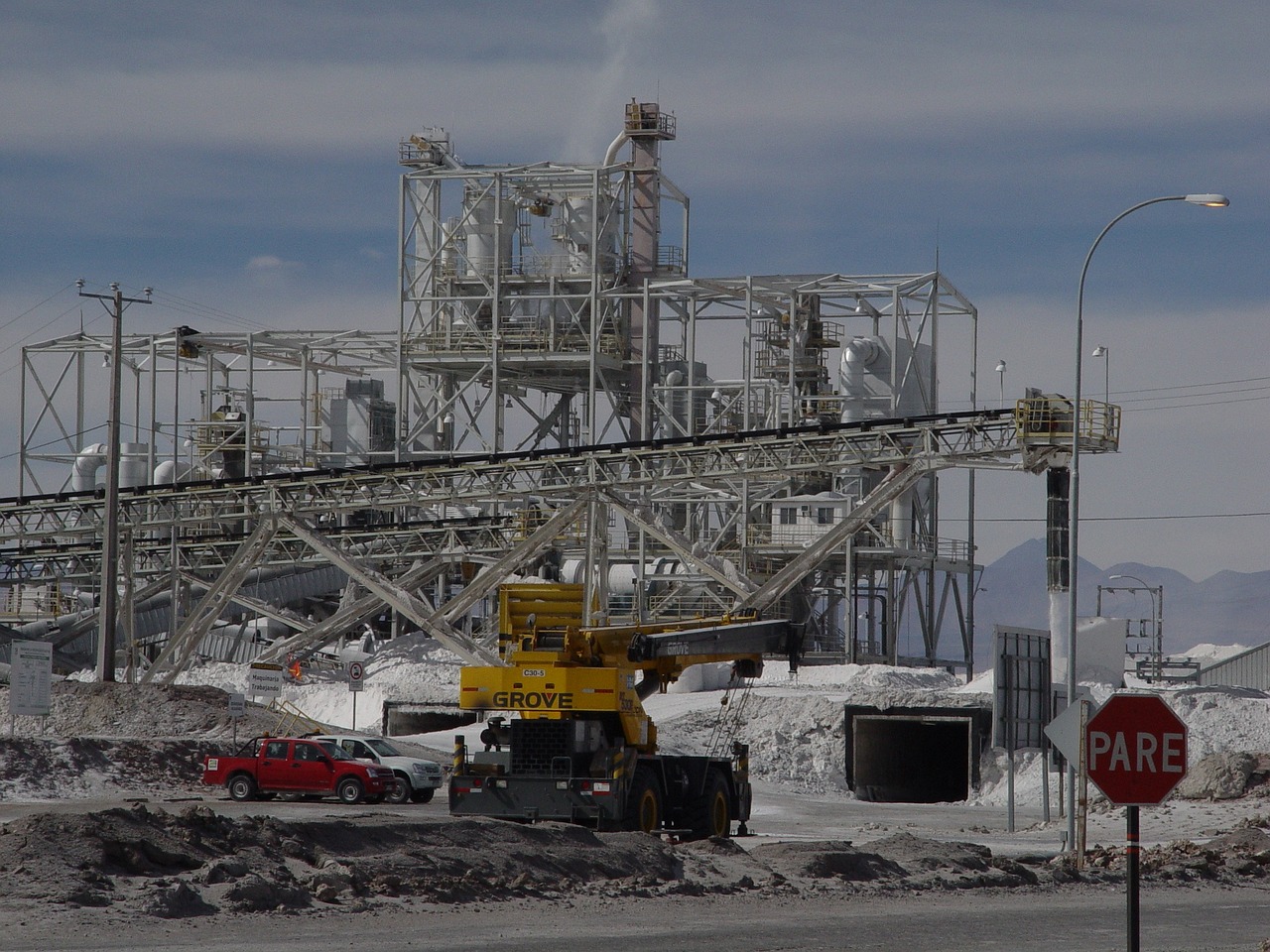
Lakeview floods. City Park has lagoons. Are they compatible to cut down flooding?
As severe rainstorms increasingly flood New Orleans streets, city officials and engineers want to find creative ways to slow the pace of stormwater surging towards the Sewerage & Water Board’s overworked drainage pumps. They have long eyed City Park and its lagoons as a possible storage area for tens of millions of gallons of stormwater that currently travels through Lakeview, one of the lowest-lying areas of the city. They have almost completed designing an $18 million, federally funded project to reduce perennial flooding in Lakeview while also improving the City Park ecosystem. But proponents are running into opposition that could kill the project: While the designs show benefits for both Lakeview and City Park, neighboring Lake Vista residents are worried how the new system might affect them. The project would redirect most Lake Vista runoff to the park. At present, that runoff is steered into Lakeview, where it travels underneath Canal Boulevard for about three miles to Drainage Pump Station No. 7, which flushes it back up the Orleans Avenue Canal into Lake Pontchartrain.
nola.com
The new system would send the water first to City Park and then, when the storm passes, back to Pump Station #7.
Under the new plan, the stormwater would continue to be captured by Lake Vista catch basins and underground pipes, and would still wind up at the pump station. But instead of detouring straight through Lakeview, it would linger in a freshened-up City Park lagoon system, on the other side of Allen Toussaint Boulevard, to give time for the storm to pass. Lake Vista residents, who don’t typically see much flooding, are concerned that a new system could pose new risks to their property. Some flood-weary Lakeview residents, the intended beneficiaries of the project, are also skeptical they will see much benefit, and would rather see improvements to existing pipes and pumps. And everyone is wondering who will be responsible for maintaining the new system, which would add 63 million gallons of water storage capacity — a 50% increase — to widened City Park lagoons, supported by newly planted native vegetation, bioswales and a manufactured wetland, as well as new infrastructure directing the flow of water. Designers say new backflow preventers and Lake Vista’s higher elevation — it is largely above sea level — would stop floodwater from pushing back into the neighborhood. But residents such as Glen Pilie worry City Park is not set up to manage the additional load. “City Park essentially becomes a drainage authority for Lake Vista,” said Pilie, a lawyer, engineer and former S&WB member. “That system, those conveyance pipes, and the lagoons that receive the water, have to be operated as a drainage system.”
The plans are being worked on but is the administration on the same page? Also the state legislators may help to kill it.
Mayor LaToya Cantrell’s administration and City Park officials are negotiating an operation and maintenance agreement, along with the S&WB. It is not clear how much the various agencies see eye to eye, but the talks might become moot if a bill advanced by Louisiana state Rep. Stephanie Hilferty passes in the Legislature. Hilferty’s House Bill 1042 would force City Park to hire personnel and conduct other tasks, requirements that park officials say represent an “unexpected and unrealistic expense” that would do nothing to ensure reliability of the proposed system. The project would be “eliminated” if City Park does not fulfill the requirements, according to the bill. The bill passed the House in a 55-38 vote on May 16. With three weeks to go in the legislative session, the bill is now awaiting a hearing before the Senate Natural Resources Committee. Hall’s lead design firm, Batture LLC, said in an earlier committee meeting that Hilferty’s bill “seems like an attempt to stop the project.” Hilferty, a Lake Vista resident, denied that the bill is meant to kill the project under the guise of unreasonable requirements. She said she consulted with engineers within the neighborhood, and her intent is to assure nervous residents the project will work as planned. “If both entities were to clearly state the ongoing maintenance and operations of this system and how it would be funded, that would clarify a lot of what this bill looks to clarify,” Hilferty said.
City Hall and City Park at times are not on the same page!
City Hall and City Park seem to have different ideas on how close they are to an agreement. The park’s chief administrative officer, Rebecca Dietz, sent the Cantrell administration a May 11 memo outlining numerous concerns about budget, management and operation. The city official leading the project, Mary Kincaid, said in an interview that “to my knowledge, [City Park’s] concerns are now answered.” The first three years of maintenance, pegged at $200,000 annually, are covered in the project cost, according to Batture’s preliminary estimates. Kincaid said the work would become less intense after that period, because the design is centered on a self-sustaining ecosystem. “This is landscape that replicates what’s already found in our coastal environment,” said. “You’re replicating a habitat that already maintains itself.”
The lagoons were built in the 1930’s and there were connected but silt has blocked some of the connections.
The City Park lagoons were built in the 1930s as a cohesive system, but some connections between the waterways have silted after decades of development within the park and minimal maintenance, project designers say. The aim is to unblock those connections, deepen the channels and get the stagnant water flowing again. At the same time, the lagoons would gain storage capacity with widened edges and native vegetation. The project’s designers say the revitalized system will improve fish and bird habitats and allow for more kayaking and other recreation. “This is going to leapfrog to a much better, easier-to-maintain system,” said Mark Schexnayder, a former state Department of Wildlife and Fisheries official who is now environmental specialist for Batture, speaking at a December community forum. “We are getting a tremendous amount of money to City Park that would have been spent by people gutting their houses in Lakeview when they flood.”
Contaminated water is a problem and so the would be a diversion for the first 2 inches.
The first 2 inches of Lake Vista storm runoff, which is the most likely to be contaminated, would continue along the existing route through Lakeview pipes so it does not wind up in the park. The rest would eventually meander via the lagoons to Drainage Pump Station. No. 7, the same place it goes now. The idea is to stretch out the workload for the often overwhelmed pump station, which drains almost 4,000 acres into the canal and then to Lake Pontchartrain. The pump station has been a headache for several years. When an August 2017 storm led to widespread street flooding, the pump station’s capacity was “clearly inadequate,” according to a city-commissioned analysis. It has malfunctioned repeatedly since then. “The intensity of rainfall is really high, whereas the capacity of the pump is relatively flat. So we just need to buy a little time,” Kincaid said. “It’s not a volume problem; it’s a time problem.”
The idea of holding the water is a new thought on how to stop flooding.
The focus on storing water while storms pass is part of a shift away from “the paradigm of trying to pump every inch of water that comes out of the city,” said architect Rami Diaz, who is helping design the project, speaking at the December forum. The shift toward “living with water” started to take hold in Mayor Mitch Landrieu’s administration, and Cantrell has kept it up with other federally funded green infrastructure projects. It is an acknowledgement that increasingly ferocious storms are bound to overwhelm the pump system. Additionally, Diaz said, too much emphasis on pumping exacerbates another problem: soil subsidence. “The more our groundwater is lowered by a pumping regime, the more we sink the city,” Diaz said. One project completed last year created 8 million gallons of new storage capacity in Pontchartrain Park and Gentilly Woods with grassy areas, bioswales and other natural features designed to hold water. Neighborhood leaders have praised that project for visibly slowing storm runoff. The intent is to supplement the existing pump system, not to replace it, Kincaid said. “Pumping capacity and storage work well together,” Kincaid said. “Nothing that we do to add storage today is going to interfere with pumping capacity upgrades in the future.”
Despite what is said, it is making a green project to help fix another one.
Yet many Lakeview residents view the City Park project as just that: an investment of federal hazard mitigation grants in a new “green” project in an area where the existing “gray” infrastructure is in bad shape. Among them is City Council member Joe Giarrusso, who said he agrees that New Orleans’s drainage woes demand a mix of pumping and storage. But he said that storing water in an area where pumps routinely fail might backfire. “If we aren’t going to maintain the pumps, we’ve just created a new problem,” Giarrusso said. “It’s kind of like a balloon: You can squeeze it and one part gets smaller, but another part starts bulging.”
This new system is not guaranteed to take all of the water.
Batture’s models show the new system yielding varying levels of flood reduction in Lakeview, depending on storm intensity. In milder storms, the models generally show a 3-inch reduction above Chapelle Street, in the blocks closest to the lake, and as much as 1 foot in the northwest corner of the neighborhood. The flood reduction would stretch farther south as storms get stronger, covering about half the neighborhood, according to the models. In the December meeting, residents questioned whether the benefits are worth the investment. Among them was Lake Vista resident Bill Edelman. “I don’t see why they don’t just invest in more pumps and increase the pumping capacity, and save all of this trouble,” Edelman said.
Storage sounds better than just trusting on the pumps which have been a problem in the past and probably will in the future.



